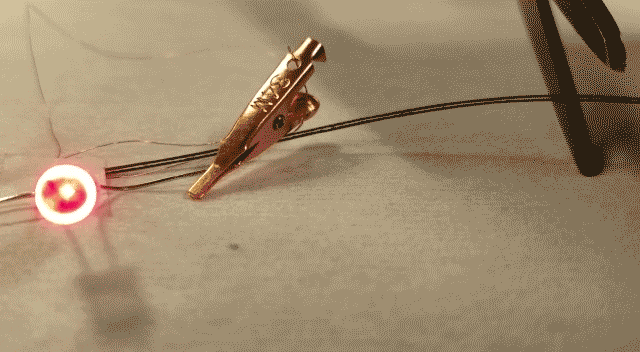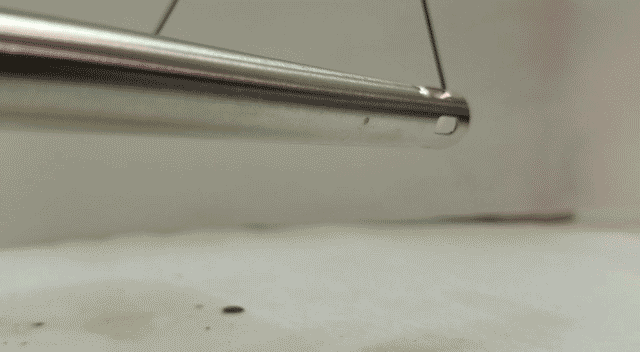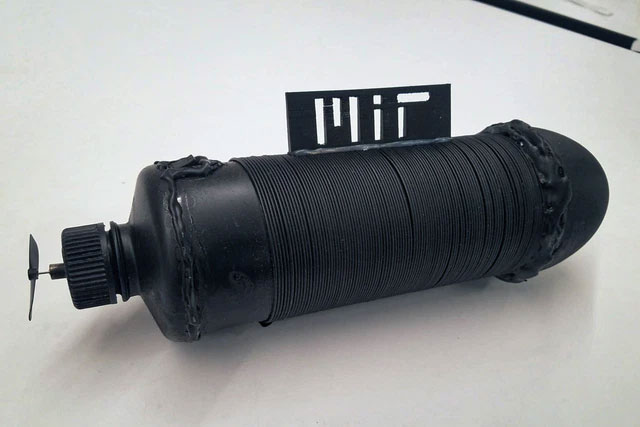Researchers have developed a lithium-ion rechargeable battery that is notably in the form of a long fiber, which can even be woven into fabric. This type of battery is expected to open up new possibilities for wearable electronics and 3D-printed batteries in almost any shape.
It could bring new capabilities for communication devices, sensors, and wearable items like regular clothing, as well as devices where the battery can become part of the structure.
In a proof-of-concept experiment, the research team produced the world’s longest flexible battery fiber, measuring up to 140 meters, to demonstrate that the material can be manufactured to arbitrary lengths. This research was conducted by three principal authors: Tural Khudiyev (currently an associate professor at the National University of Singapore), Jung Tae Lee (currently a professor at Kyung Hee University), and Benjamin Grena (currently working at Apple), along with other collaborators, all of whom have either worked or are affiliated with the Massachusetts Institute of Technology.
The researchers had previously succeeded in creating fibers containing various electronic components, including LEDs, optical sensors, and digital communication systems. Many of these fibers are wearable and washable, making them practical for use in household products, but until now, they have all relied on an external power source. Now, this fiber battery can also be wearable and washable, allowing such devices to operate completely independently.

The fiber battery continues to power an LED even after a section is cut off, showing that this fiber battery system does not lose its electrolyte and is not short-circuited.
The new fiber battery is produced using a battery gel and a standard fiber-drawing system, then heated just below the melting point. The material is drawn through a narrow hole to compress all components down to just a fraction of their original diameter while maintaining the arrangement of the components.
Previous studies have also created fiber batteries, but they were constructed with critical materials on the outside of the fiber, while the new battery places everything inside the fiber, then covers it with an outer protective layer, making it more stable and waterproof.
The ability to create a 140-meter long battery fiber suggests that there is no limit to the length for this technology; the researchers believe they can extend the length to several kilometers.

Thermal-drawn fiber batteries (right) have fire-retardant capabilities due to gel electrodes and gel electrolytes, while fiber batteries with liquid electrolytes (left) ignite immediately and burst.
Additionally, the fiber battery is thinner and more flexible, with a length-to-width ratio that can reach up to one million, far exceeding other designs, making it feasible to create fabrics that incorporate batteries.
The 140-meter long fiber battery has an energy storage capacity of 123 mAh, enough to charge a smartwatch or a phone. It is only a few hundred microns thick, thinner than any previous fiber battery.
The team demonstrated the integration of LEDs and Li-ion batteries into a single fiber and believes that more than three or four devices could be combined in such a small space in the future.
Besides being in the form of small fibers woven into clothing, this battery material can also be used in 3D printing or custom-shaped systems to create solid objects, such as a shell that can provide power.

A toy submarine wrapped in a fiber battery.
To demonstrate this capability, a toy submarine was wrapped in a fiber battery to provide power. Integrating the power source into the structure of such devices can reduce overall weight, thereby improving their performance and operational range. If you want to create complex objects combined with batteries through 3D printing, this technology can help you achieve that. Once printed, you don’t need to add anything else because everything is already inside.
The research team has filed a patent application and will continue to further enhance power, materials to improve efficiency. Such fiber batteries could be ready for use in commercial products within the next few years.


















































